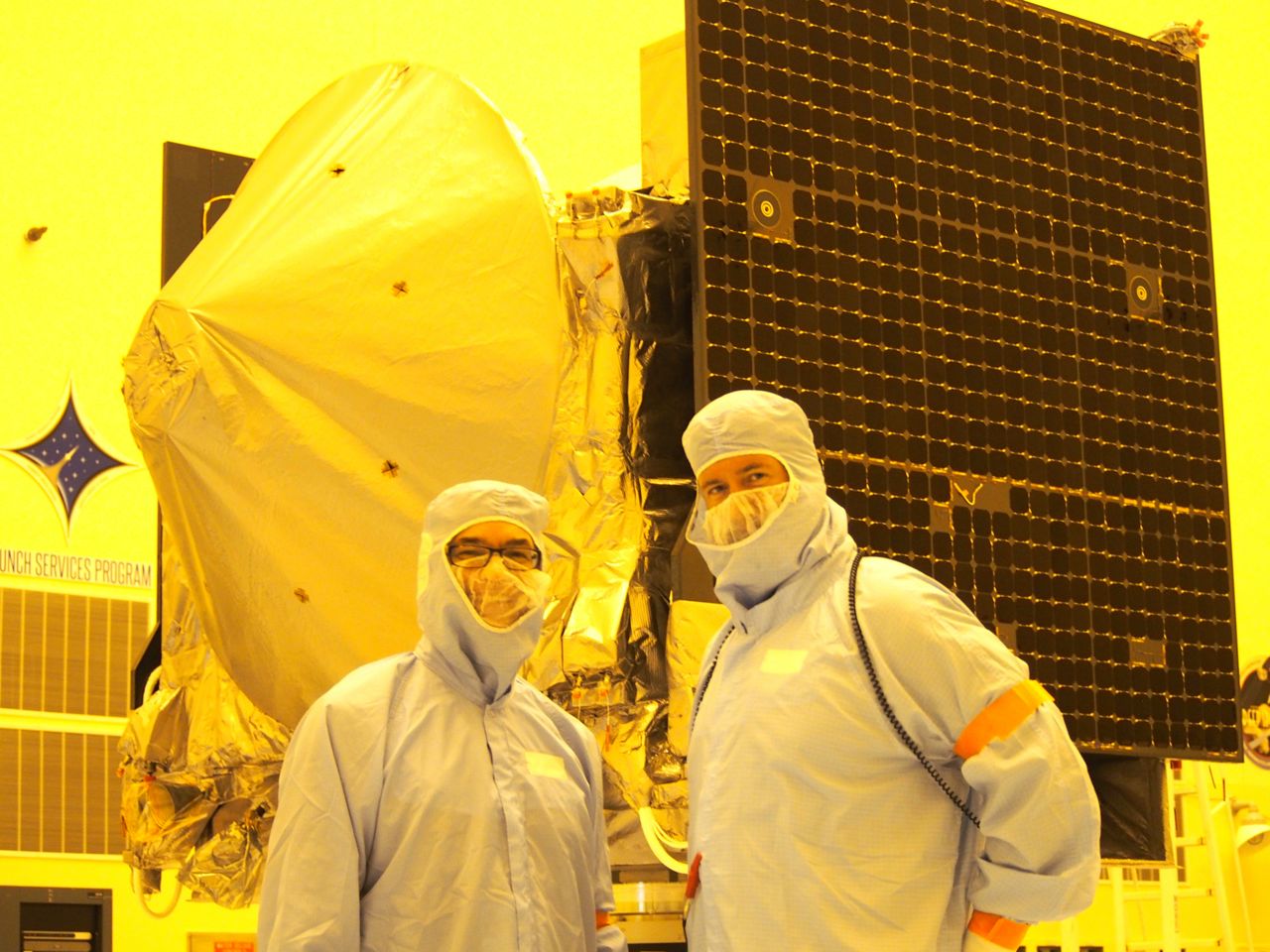
NASA is spending a billion dollars to send a spaceship on a wild, seven-year ride through the solar system to an asteroid and back with the hope of grabbing some prized molecular samples.
The intention is for the OSIRIS REx spacecraft to reach the asteroid Bennu, study it for a couple of years, reach down and grab some gravely samples, then return to Earth. The big hope is that the samples contain organic molecules that are the origins of life.
NASA and scientists have plenty of other objectives for OSIRIS REx, but its prospect of finding billions-years-old chemical evidence in one of the few places that might have it — nearly eternally wandering asteroids — opens all sorts of prospects of scientific study on the origins of life.
OSIRIS REx is set to blast off from Cape Canaveral Air Force station atop an Atlas V rocket Sept. 8. [There’s a 34-day launch window in case it rains, etc.] Once the Atlas V gets it into space, the OSIRIS REx will fly itself — it’s a fully functional, highly-maneuverable spacecraft — all the way to Bennu. And then back. The whole mission will take seven years, so the samples won’t be back until 2023.
“We’re interested in materials from the earliest stages of solar system formation,” said Dante Lauretta, principal investigator for the project and a professor at the University of Arizona.
He’s talking about 4.5 billion years ago, when the dust around the sun began forming clumps, asteroids, and the earliest formation of planets. The asteroids are still around, zipping around the solar system. Unlike the planets, they likely still have all-original material, while Earth and the other planets have seen full metamorphosis of their rock from the earliest days.
“Material condensed into very tiny grains, dust, ice, and organic molecules. We think those organic molecules were critical for the formation of life on our planet,” Lauretta said during a press briefing Saturday on the OSIRIS REx mission, at Kennedy Space Center. “And tantalizing clues are provided as to the possibility of the origin of life on other planets.
“You can’t fly an instrument on a spacecraft to make that kind of measurement. You have to get samples into the laboratories,” he said.
Bennu, which is about 1,600 feet in diameter, was picked because it’s big enough, it’s not rotating too quickly, and it’s pretty close to Earth. In fact, NASA rates it as a “near-Earth asteroid,” meaning there’s a possibility one day it might come too close and become an impact hazard. It also was picked because it seems to have the carbon-rich rock-chemical make up scientists are looking for. It’ll take about two years for the spacecraft to get there. Then OSIRIS REx will spend another two years carefully studying its entire surface, in part, looking for the best place to grab some samples.
When that’s found, the spacecraft will come within about 10 feet of the asteroid and a mechanical arm will reach out and touch it. A nitrogen canister will cause a puff, causing some of the loose regolith to stir up. The arm will then grab some of the floating regolith, most of which ideally will be about a half-inch in size. The arm will then “Pogo-stick” the spacecraft away from the surface, and OSIRIS REx will head home.
If all goes well, a pod with the sample — anywhere from two ounces to 4.5 pounds — will come back to Earth and be collected, much as scientists did with the Stardust mission, which returned with a much smaller sample of comet dust in 2006.
A quarter of the sample will be used for the origins-of-life chemical analysis. The rest will be set aside for other scientific study researchers can propose well into the future.
OSIRIS-REx, an acronym for Origins, Spectral Interpretation, Resource Identification, Security — Regolith Explorer, was built by Lockheed Martin Space Systems with innovative solar-panel design to provide power, and numerous thrusters to provide the kind of maneuverability needed to catch up and move in synch with an asteroid not just flying 63,000 mph, but tumbling with a little zig and zag like a baseball knuckleball, then come close enough to touch it.



